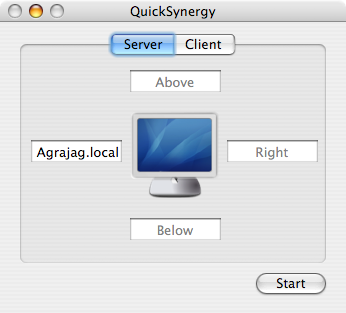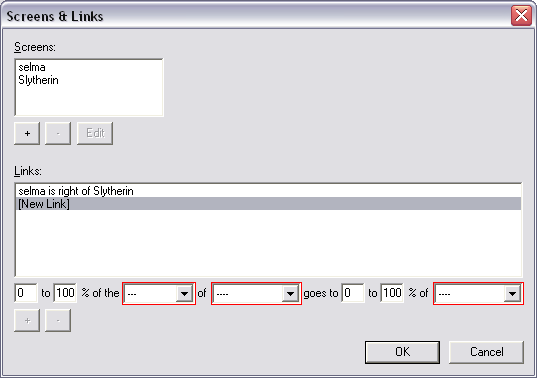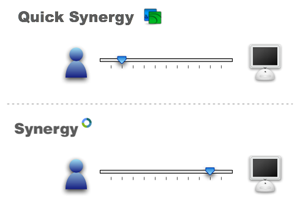Virginia Tech Shootout
A terrible piece of news was announced to us this morning while writing a test. An unidentified gunman opened fire on two separate occasions today, killing one person at Ambler Johnston and several more at Norris Hall. The current fatality count stands at 22 — now updated to 32 — this is absolutely, positively horrifying, especially for a rural campus like Virginia Tech.
Two bomb threats, last one two days ago
The campus has been plagued by law-and-order trouble most of last year; we had two bomb threats for buildings on campus, on April 2 and April 13 (just two days before today's shootout!). On both occasions, the respective buildings were immediately evacuated and all events suspended until police could conduct a more thorough inspection of each building. Following the last threat on Friday, the three buildings were closed until Sunday night. The university sent a campus-wide email Sunday evening that those buildings would open at 7:00am Monday and all events scheduled for today would resume.
Second shooting led to more fatalities
So we went off at 9:00am, right after the first shooting. At that time, if we had known about the first incident that occurred at 7:15am, we sure as hell wouldn't have ventured out. We only heard about it later, some time around 9:26am, via email from the University. While we were on the bus to campus, it was probably exactly that time that the killer moved from Ambler Johnston Hall to Norris Hall, where the second shoutout occurred. Most of the fatalities occurred at the second shooting. If that could have been prevented — oh well, hindsight is always 20/20.
First, curfew; then, evacuation
The first email from the University asked us to stay indoors, lock the doors, and away from windows. The second one told us that the campus was being evacuated, and we should leave the building as soon as possible. We left at around 11:30am from Whittemore hall, and a classmate offered to drop us back home. The status of the Blacksburg Transit bus service was not known.
Shock at home
The real shock came when we reached home, because accurate information about the happenings of the morning was not available until after President Steger's statement released at noon. The sheer number of fatalities and injuries — 22 dead, 21 injuries — was mind-boggling. It is expected that the death toll may rise as more information is available.
Is anyone going to do something about this?
Or should we just expect the National Rifle Association to convene at Blacksburg later this month? If you don't know what I'm talking about, please see Michael Moore's documentary, Bowling for Columbine. I've written about this topic before: it's high time someone does something about this.
22 32 innocent lives lost, not to mention all the victims over the years, is reason enough to do something about the root of the problems, the easy availability of guns.
Update:
This blog entry was posted before we learned that Minal Panchal was missing. After we heard, most of us have been on campus or at Montgomery Regional Hospital trying to locate her.
Announcing the Google Calendar Dashboard Widget
In the tradition of writing gadgets for Google Desktop and other Google properties, here's one more from me: the Google Calendar Widget for Mac OS X Dashboard.
A Tale of Two Interfaces
Synergy, a mouse and keyboard sharing utility, has proven insanely useful to us users of multiple machines on a single desk. Think of it as a software KVM switch, but minus the "V" (for video.) You can arrange multiple machines side-by-side and Synergy seamlessly moves the mouse pointer and keyboard input from one machine to another at desktop boundaries. It's a great idea and a great tool.
I use QuickSynergy on my PowerBook and Mac Mini, but later happened to look at the official GUI client on my friend's Windows laptop. It's not often that a user interface provokes a blog post on a Monday morning, but this was it.
Here are the screenshots:
| QuickSynergy On Mac OS X | Synergy On Windows |
|---|---|
|
|
|
You will notice that QuickSynergy has exactly one dialog box (with two tabs, one to use when running as a server, and another when running as a client) plus one About dialog. Synergy has a total of 9 dialog boxes (plus one About dialog.) The question, I wish, the developers had asked themselves, was whether throwing in a dialog box for every single configurable parameter was the right thing to do. It seems like the UI Designer(s) simply gave up on trying to understand the users' needs, and instead just threw everything out to the user: "here, now there's a dialog box for every single line in the configuration file, go figure it all out." In my opinion, that's the designer shirking his or her responsibility of actually designing.
 | I wonder how many regular users would ever want to change some of the arcane options. And if there was a savvy user that wanted to, she could just edit the config file! Even as a Computer Science Ph.D. student, I have no idea what the "Relative Mouse Moves" option means, or why I should care about it. (If you say RTFM, that's already the sign of a bad interface.) |
| QuickSynergy On Mac OS X | Synergy On Windows |
|---|---|
 |  |
Notice how, in the configuration screen, QuickSynergy simply shows you one screen with four text fields on the four sides, whereas Synergy expects you to enter the positions as "Machine X is to Direction Y of Machine Z." The first way is so much more natural, but guess why the Synergy implements the second way? Because the configuration file is written that way.
These are clearly two very different styles of GUI design (though I would strongly argue that a text field for editing a configuration file does not count as a "GUI", it's simply a command-line interface (CLI) inside a text field.) Quick Synergy puts the user first, and is designed to let the user work naturally with his/her mental model of a keyboard/mouse layout. Synergy starts from the configuration file and slaps on a UI on top of it. Thus, Quick Synergy comes closer to the user, while Synergy stays closer to the machine.

UI Design is not about letting users edit configuration files, it's about letting them do what they started out to do. That a config file needs to be edited to make that happen is a side story.
Marathi Newspaper “सकाळ” Reports on Google Desktop
“सकाळ”, ("The Morning"), a popular newspaper in my native tongue, ran a piece on Google Desktop. I’m not a regular reader, but my attention was drawn to it by several friends and family, who noticed my name mentioned in it. Now, while I’m not really sure how they got the info, or even where they got it from, it seems to have originated here in California on Google’s Press Day. Well, Andy Warhol was right!

Google Desktop now includes Google Calendar Gadget
A new version of Google Desktop released today. (For those who came in late, I worked on Google Desktop last year, and have been writing plugins for it for some time now.) When Google Calendar released, I wrote a plugin for it too.
Since my plugin was licensed under an open-source license, Google added features to it and included it in the official download. What's more, I even get credited in the source code. Go, Google! -- kudos to the nice people in the Desktop/Calendar teams.












